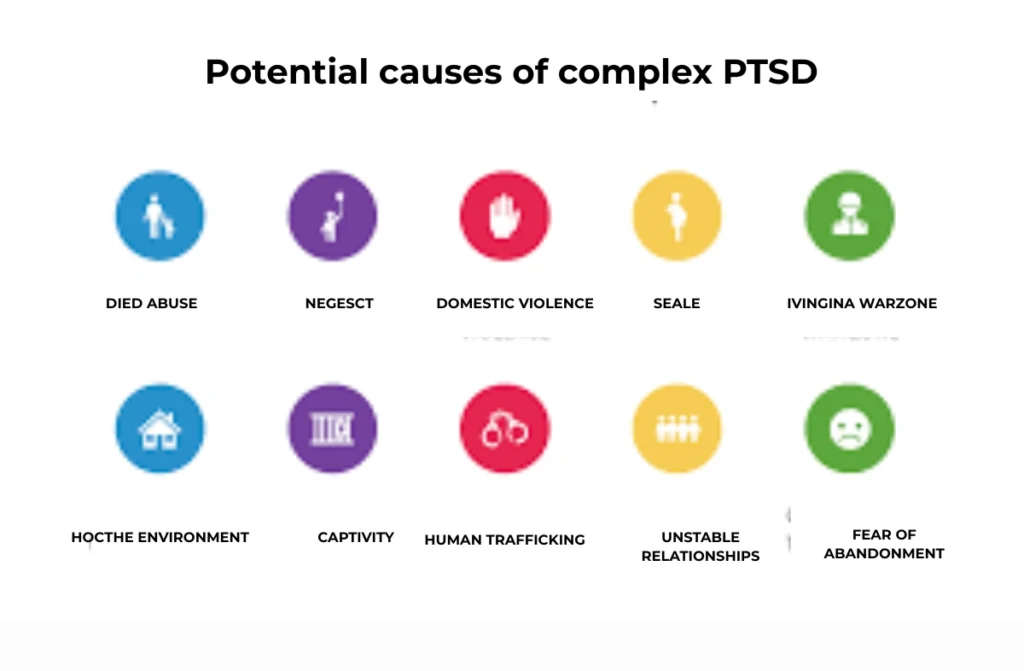Complex trauma in Chennai affects many individuals who have experienced prolonged or repeated traumatic events, often leading to deep emotional and psychological distress. Unlike single-incident trauma, complex trauma develops over time and impacts how a person thinks, feels, and interacts with others. Understanding and addressing complex trauma is crucial for recovery, and specialized care in Kolathur offers effective treatment tailored to each patient’s needs. Early intervention can transform lives by restoring hope, stability, and well-being.
What Is Complex Trauma?
Complex trauma refers to exposure to multiple or prolonged traumatic events, often of an interpersonal nature, such as ongoing abuse, neglect, or domestic violence. It differs from traditional PTSD, which usually stems from a single traumatic incident. Complex trauma disrupts emotional regulation, self-perception, and the ability to form trusting relationships. This condition is recognized as a distinct mental health challenge requiring specialized approaches. When seeking help for Complex Trauma in Chennai, patients benefit from clinics offering evidence-based therapies like complex PTSD treatment in Kolathur that address its wide-ranging impact on a person’s life.
What Are the Symptoms of Complex Trauma?
Symptoms of complex trauma are often more pervasive and persistent than those of simple trauma. Common complex trauma symptoms include:
- Difficulty managing emotions, such as intense anger, sadness, or anxiety
- Negative self-image and feelings of worthlessness
- Problems with forming or maintaining relationships due to trust issues
- Flashbacks, nightmares, or intrusive memories of traumatic events
- Avoidance of people, places, or situations that remind one of trauma
- Chronic feelings of danger or hypervigilance
These complex trauma symptoms can interfere with daily functioning and cause significant distress, emphasizing the need for professional support. If you or a loved one recognize these signs, consulting specialists offering complex trauma treatment in Kolathur is essential for recovery.
What Causes Complex Trauma?
Complex trauma typically results from repeated or prolonged exposure to traumatic experiences, particularly during critical developmental periods. Some common causes include:
- Childhood abuse or neglect lasting months or years
- Long-term domestic violence or intimate partner abuse
- Human trafficking or forced captivity
- Exposure to war, community violence, or refugee displacement
Each individual’s experience is unique, but the ongoing nature of trauma is a defining characteristic that profoundly affects emotional and psychological health. Addressing Complex Trauma in Chennai through comprehensive therapeutic interventions helps individuals heal from these lasting effects.

Treatment Approaches for Complex Trauma
Effective treatment for complex trauma requires a trauma-informed and compassionate approach, often provided by specialists in Kolathur. Treatment options include:
- Trauma-Focused Cognitive Behavioral Therapy (TF-CBT): Helps patients process trauma and develop healthy coping strategies
- Eye Movement Desensitization and Reprocessing (EMDR): Uses guided eye movements to reduce the emotional impact of traumatic memories
- Medication: May be prescribed to manage symptoms like depression or anxiety when necessary
- Group and Family Therapy: Provides social support and improves communication within relationships
Personalized treatment plans ensure that therapy addresses the complex nature of trauma and supports holistic healing. Patients seeking complex PTSD treatment in Kolathur receive compassionate, evidence-based care designed to promote lasting recovery.
Conclusion
If you or a loved one is struggling with the profound effects of trauma, understanding and addressing Complex Trauma in Chennai is the first step toward healing. With expert care and evidence-based treatments available through specialized clinics in Kolathur, recovery is within reach. Compassionate specialists dedicated to complex trauma treatment in Kolathur help patients rebuild their lives and regain emotional balance. Early intervention and ongoing support are key to overcoming complex trauma and embracing a hopeful future. Don’t let trauma define your life seek help for Complex Trauma in Chennai and begin your journey toward wellness today.


